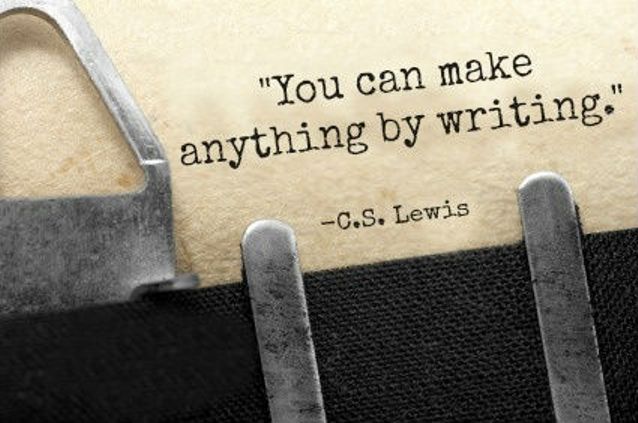Preview: Members of the Autcraft community for children with autism and their allies use a variety of social media platform, centered around Minecraft. The community’s use of various technologies facilitates the expansion of how members can socialize with one another, giving them opportunity to explore their own sociality, expand how they would like to be able to socialize, and deepen their connection with other members of the Autcraft community.
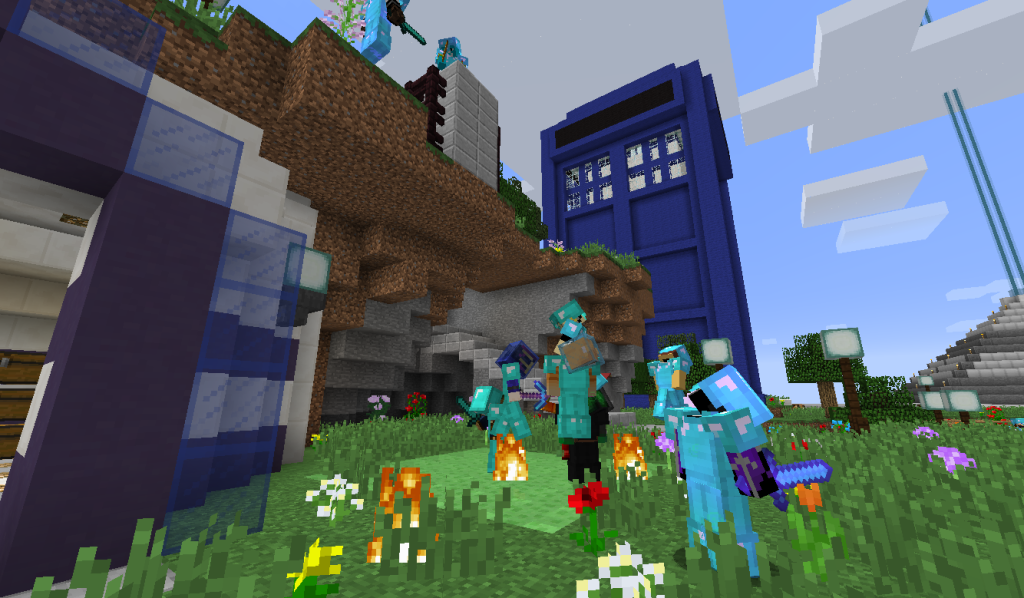
Autcraft community members playing a game together.
“I love being a member of the [Autcraft] community and love spending time with my ‘family’ here. … A place I was accepted for … just being ‘different’ than others.”
If a child finds face-to-face conversations challenging and feels isolated from their peers at school, where can they go to make friends? Online communities have the potential to support social interaction for those who find in-person communication challenging, such as children with autism. Unfortunately, online communities come with their own set of problems – cyberbullying is particularly troubling. We studied how one online community, Autcraft, through a variety of social media platforms, practices and defines how they are social.
Autcraft is a Minecraft community for children with autism and their allies run by parent volunteers. The goal of the Autcraft community is to have a safe space for children with autism to play Minecraft free from harassment and bullying (for more information visit the Autcraft website). As part of our study, I have been conducting an on-going ethnography within the community (see our paper for details). This study included analysis of activity within the Minecraft server, forums, website, Twitter, Facebook group, YouTube, and Twitch.
Our analysis demonstrates how members of the Autcraft community search for, practice, and define sociality. These results indicate more broadly how people may increasingly find new ways to express themselves and create a sense of community as emergent forms of media change the nature of our social landscape. Our exploration of Autcraft adds to a growing body of work about social platforms by showing how flexible, multimodal communications not only “keep the game going” but also can have profound effects for self-expression and feelings of social belonging.
Autcraft community members engage in the following:
- Searching For and Finding Community. Minecraft serves as a bridge or means of entry for members of this community. The game plays a key role, coupled with other forms of social media, in supporting children who are particularly known to struggle with finding social support. Autcraft—including the game, forums, Facebook page, and community-related videos—helps community members to not feel “alone.” Much like for other youth online, Autcraft members describe “hanging out” with their friends in Minecraft. Although they may not be meeting in person, members consider these relationships to be meaningful friendships. Autcraft, by its very nature of blending social interaction with strict rules of behavior and appealing game mechanics, comes together to form a space of cohesion, not difference, and of support, not scorn.
- Defining Sociality and Community. Although Autcraft community members often seek out social relationships through Autcraft as an augment to in-person relationships, some do not wish to seek out these in-person friendships. Those who prefer the majority of their socializing to occur online struggle with what it means to be “social.” Acceptance is a cornerstone to making being “different” more tolerable and reducing the social isolation and loneliness that frequently surrounds difference.
- Practicing Sociality. In practicing their social behavior, social connections are formed and maintained through a variety of media technologies, allowing members to use communicative practices best suited for them, both as individuals and as a group. The community sets the stage for sociality by encouraging members to “Be Kind, Be Respectful, Be Responsible.” On an individual level, Autcraft provides powerful common ground for players, a key foundation to many friendships. Not only do those who join the community share a common interest in Minecraft, they also all have claimed to be either an ally of, or someone with, autism. This is a requirement the community regulates carefully. These two components of the community help lay the groundwork for friendship because they represent part of a person’s shared interest.
By using various platforms, members of the Autcraft community are able to form deeper friendships with one another, if so desired. Being able to foster these relationships across the myriad platforms creates cohesion in the community. Two members may meet through an advertisement on the forums for builders, build a project together, and then go on to create YouTube videos together of the experience. This facilitates the expansion of how members can socialize with one another, giving them opportunity to explore their own sociality, expand how they would like to be able to socialize, and deepen their connection with other members of the Autcraft community.
For more details about our methods and findings, please see our full paper that has been accepted to CHI 2016 (to appear in May 2016). Full citation and link to the pdf below:
Ringland, K.E., Wolf, C.T., Faucett, H., Dombrowski, L., and Hayes, G.R. “’Will I always not be social?’: Re-Conceptualizing Sociality in the Context of a Minecraft Community for Autism”. Proceedings of the 2016 ACM CHI Conference on Human Factors in Computing Systems, ACM (2016). [Acceptance Rate: 23.4%] [PDF]
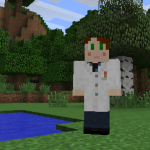 Acknowledgements: We thank the members of Autcraft for the warm welcome to their community. We would like to thank members of LUCI for their feedback on this paper. We would also like to thank Robert and Barbara Kleist for their support. This work is covered by human subjects protocol #2014-1079 at the University of California, Irvine.
Acknowledgements: We thank the members of Autcraft for the warm welcome to their community. We would like to thank members of LUCI for their feedback on this paper. We would also like to thank Robert and Barbara Kleist for their support. This work is covered by human subjects protocol #2014-1079 at the University of California, Irvine.
Related Posts:
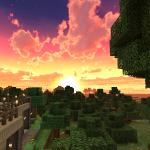
The (Dis)Abled Embodied Experience for Autistic Children in Online Spaces Preview: Play is an important part of childhood that is ...

Preview: Autism is a medical diagnosis that has attracted much attention in recent decades, particularly due to an increase in ...

I'm happy to report my paper, "A Place to Play: The (Dis)Abled Embodied Experience for Autistic Children in Online Spaces" ...
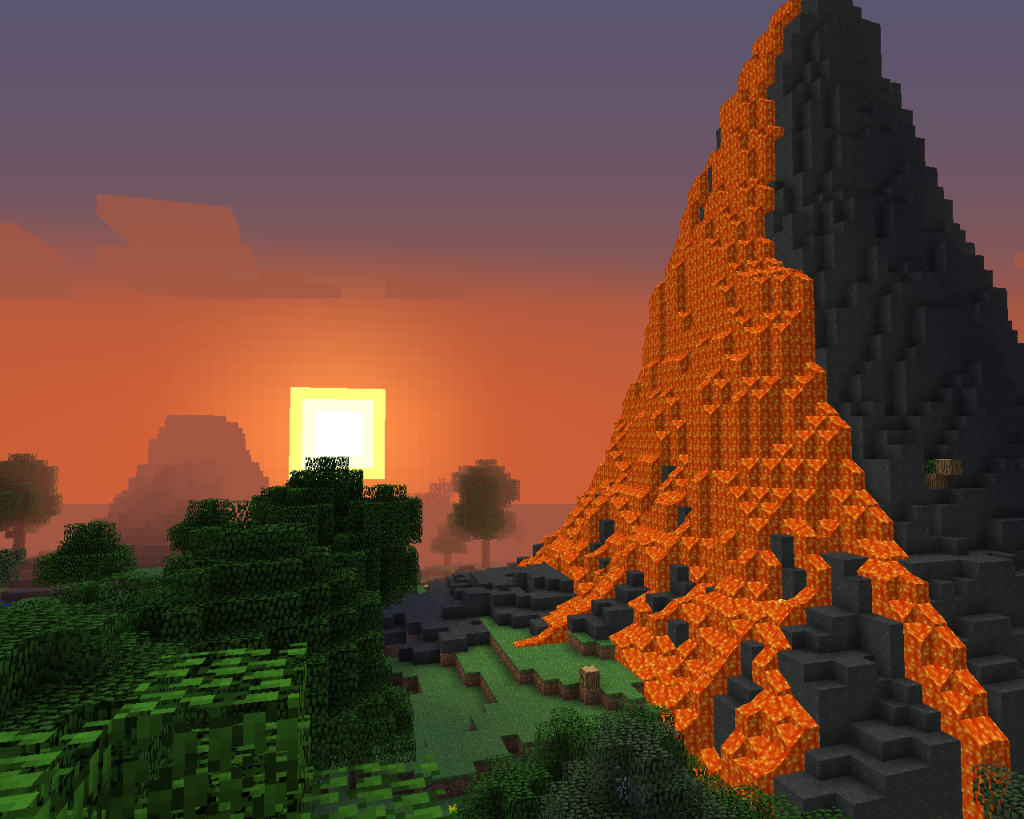
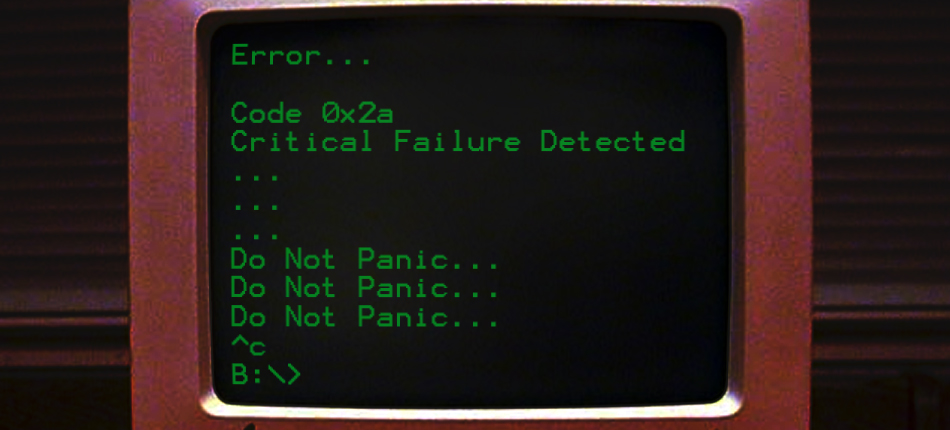
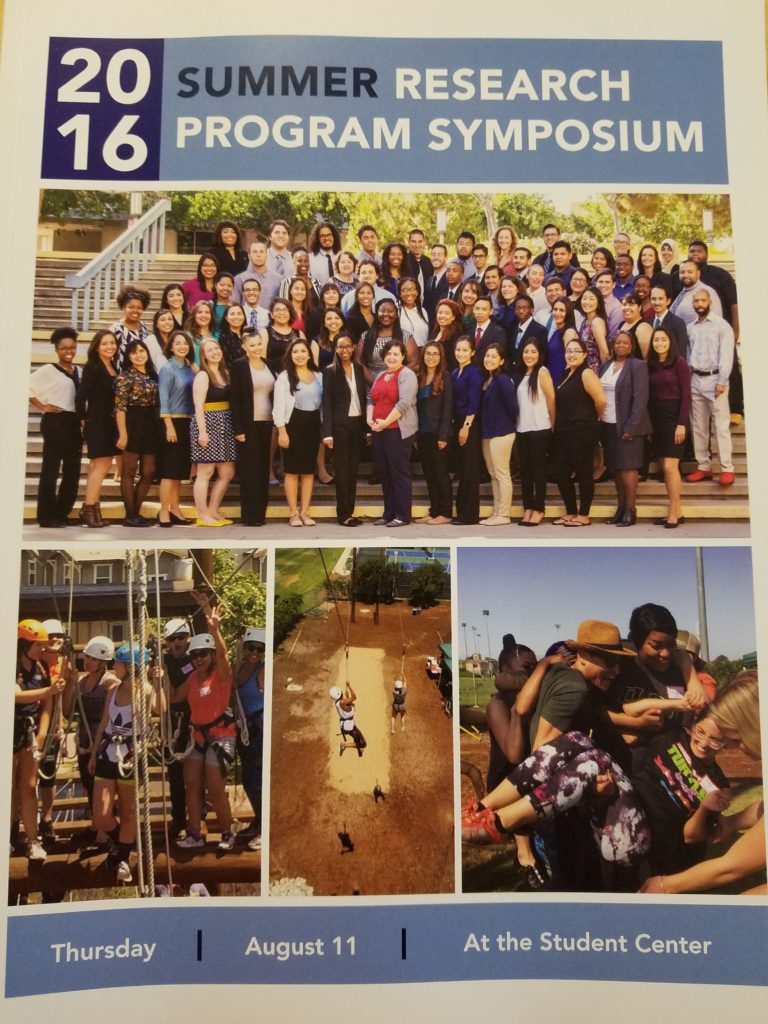

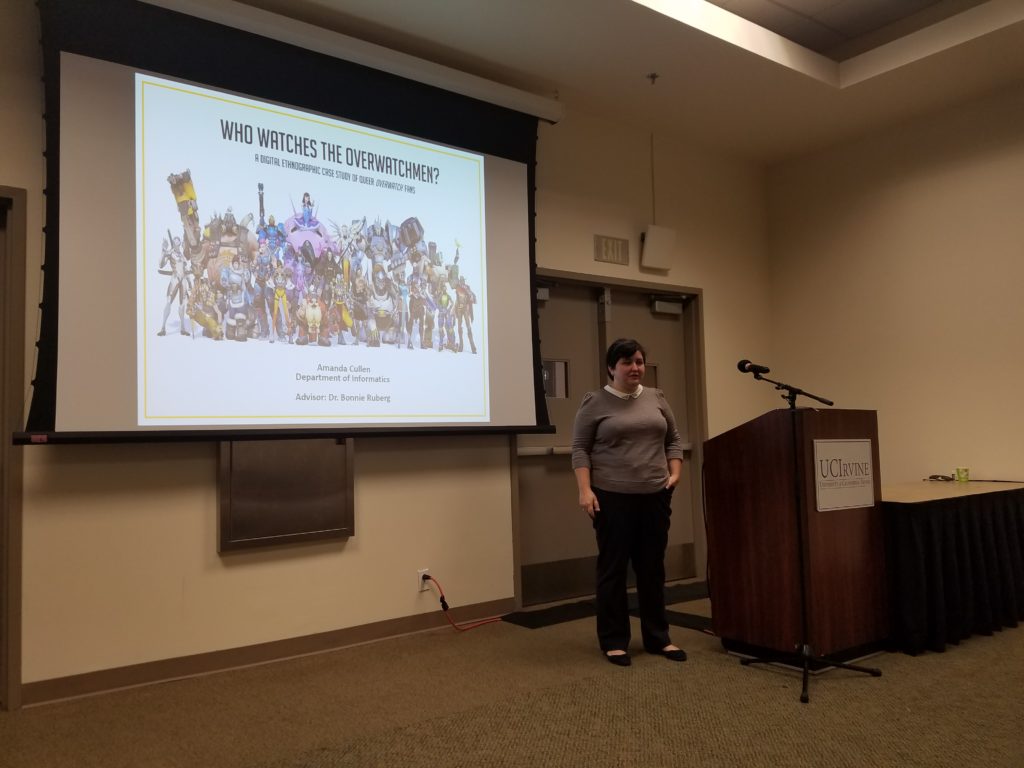


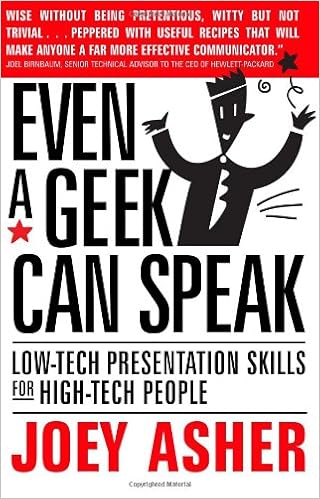




 Acknowledgements: We thank the members of Autcraft for the warm welcome to their community. We would like to thank members of LUCI for their feedback on this paper. We would also like to thank Robert and Barbara Kleist for their support. This work is covered by human subjects protocol #2014-1079 at the University of California, Irvine.
Acknowledgements: We thank the members of Autcraft for the warm welcome to their community. We would like to thank members of LUCI for their feedback on this paper. We would also like to thank Robert and Barbara Kleist for their support. This work is covered by human subjects protocol #2014-1079 at the University of California, Irvine.